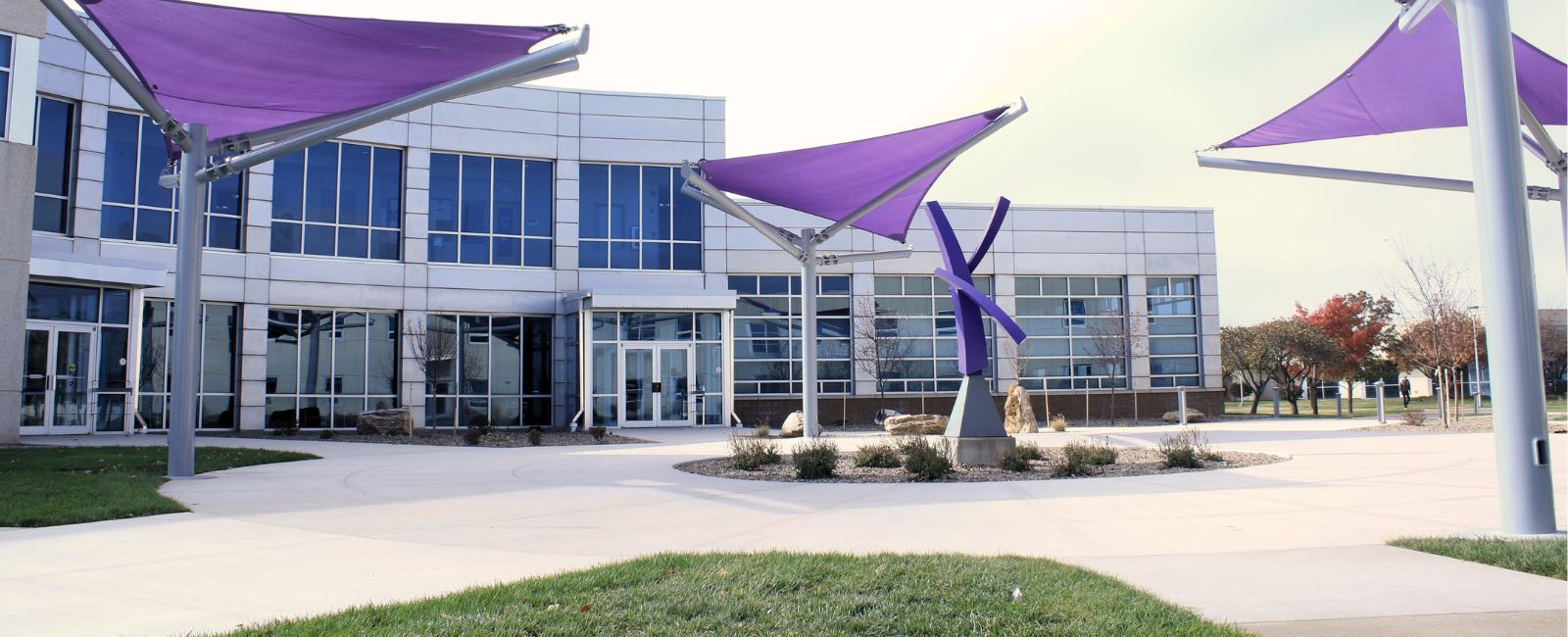For more than 50 years, the Kansas State University Salina Aerospace and Technology Campus has provided an innovative learning environment focused on preparing students for their professional careers. In 1965, when the property transformed from Schilling Air Force Base into Schilling Institute, it was the state’s only technical school offering two-year training programs in aviation, engineering and technology. Continuing the trend of connecting education with real-world application, a computer science technology degree was added two years later – the first program of its kind offered by any college in Kansas.
Schilling Institute was renamed Kansas Technical Institute in 1969 and during its almost 20 years under that title, expanded its degree options in both the aviation and technology fields. What is today’s nationally-known professional pilot program started as an associate degree in 1986 and graduated seven students in its first class.
The property evolved once again in 1988 into Kansas College of Technology with a statewide mission to provide the education of technicians and technologists. Then, in 1991, the school merged with Kansas State University and the Salina Wildcat family was born. The campus became the university’s ninth college.
In 2017, K-State President Richard Myers charged a taskforce with creating a plan for growing Kansas State University's global prominence in aviation. In partnership with the City of Salina, the Salina Airport Authority, the Saline County Economic Development Corporation, and the Salina Area Chamber of Commerce, Kansas State University commissioned an independent study to identify specific areas of opportunity. The work included in-depth discussions with industry, a comprehensive market analysis of the aerospace sector, and an alignment of findings with the Kansas Framework for Growth. The findings of this work suggested the campus could maximize its impact toward advancing the state’s economic prosperity by returning to its historical roots. The campus was rebranded in August 2021 and a vision established that builds upon our historical strengths in aviation and technology, but also supports the enhancement of the aerospace and advanced manufacturing industry sectors for the state.
Today the campus continues to offer our historical programs in aviation, engineering and technology while expanding the future of aerospace through advanced air mobility, robotics, and autonomous systems.



